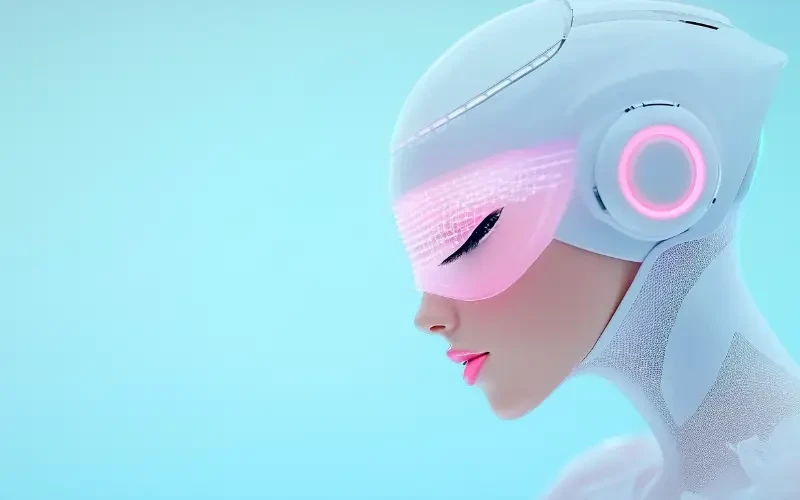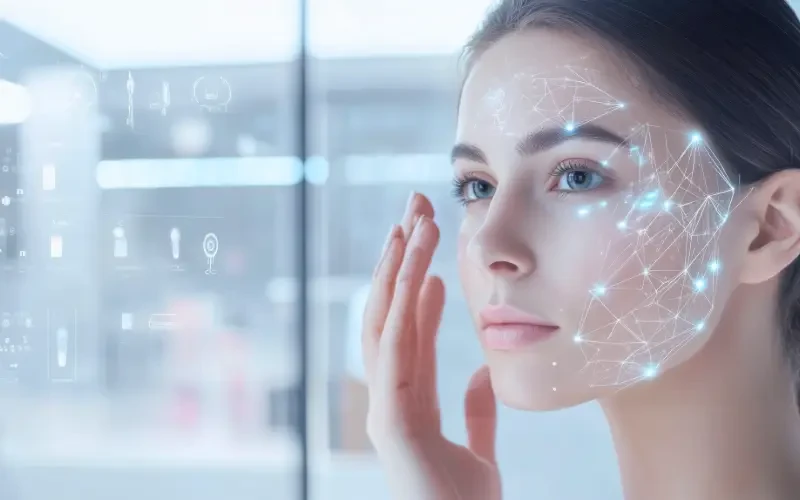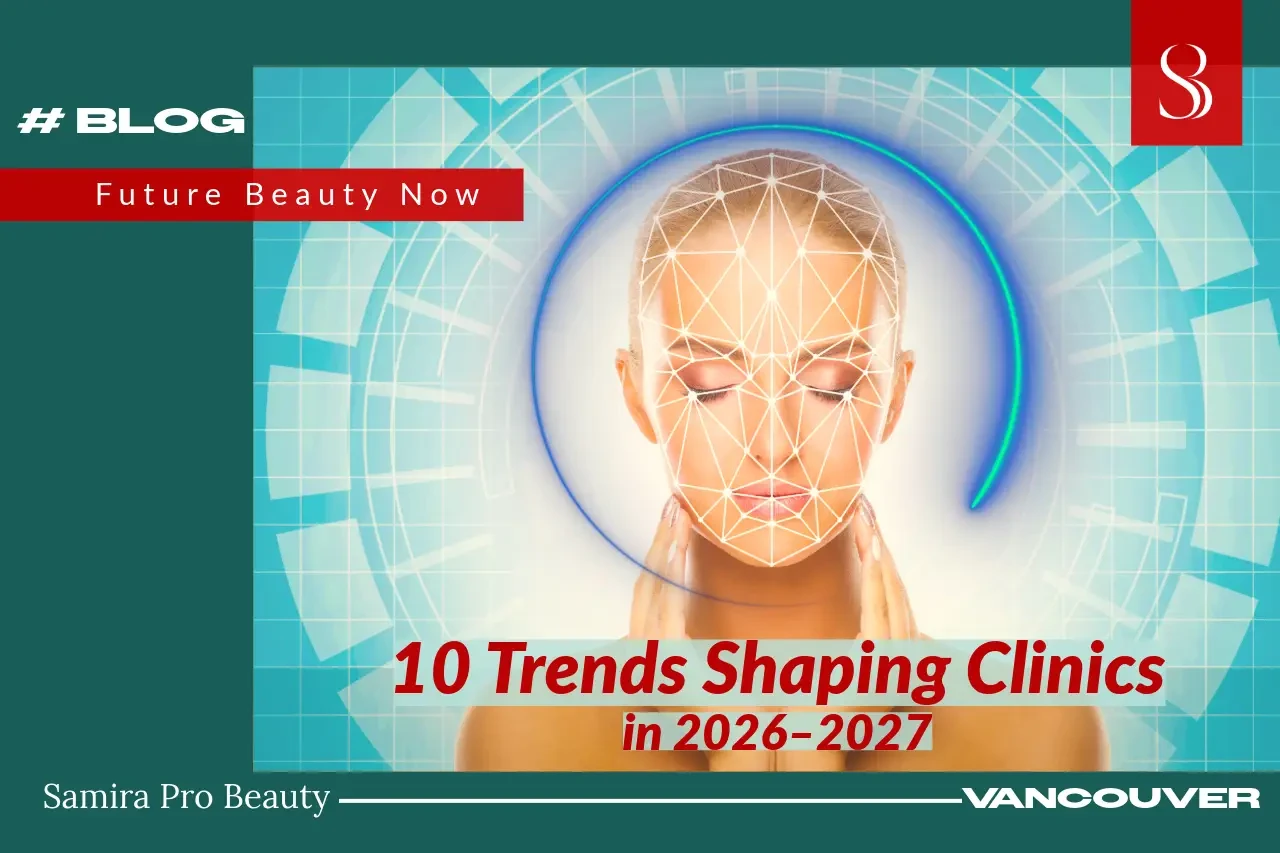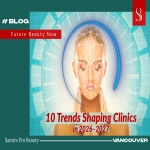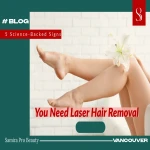10 Trends Shaping Clinics in 2026–2027 ✨
Future Beauty Now
| 🎧 Prefer to listen? We’ve recorded a special podcast episode all about 10 Trends Shaping Clinics in 2026–2027. If you’re on the go, tune in here to get the highlights in audio form! |
A short story you might recognize (and what it means for you) 💬
Nadia, 41, is a project manager, a mom, and a weekend hiker. She wants firmer skin around her jawline, fewer breakouts on busy weeks, and less time guessing which products will actually help. She tried a little of everything—retinol, vitamin C, facials—without a clear plan. One day, a friend shows her a clinic app that scans skin in seconds, previews treatment outcomes in augmented reality (AR), and suggests a custom ritual she can follow at home between visits. Nadia sees a realistic before/after of Morpheus8-style tightening and LED-assisted calming. She books, feels confident, and—most of all—feels seen.
This is what Future Beauty looks like:
clear choices, real science, inclusive design, and caring guidance. Below, we’ll walk through the biggest trends shaping 2026–2027 and exactly how they improve comfort, results, and confidence—especially for women ages 30–50 who want anti-aging support and skin-tightening options without drama. 🌿
1) Try before you treat:
AR/VR virtual try-ons & realistic previews 🪄
What it is:
Using your phone or an in-clinic tablet, AR/VR overlays show how brows, lip color, or even skin-quality changes (texture, redness) might look after a series of professional treatments. You get a visual expectation—not a fantasy—so you can make confident choices.
Why it matters in 2026–2027:
Adoption of virtual try-ons continues to grow as beauty and tech merge. L’Oréal’s Modiface and other platforms show strong consumer interest in mixed-reality try-ons, driving real decisions in beauty shopping and clinic consultations.
Where to start at Samira Pro Beauty:
Love skin-confidence ideas?
Explore
[Skincare Rituals] to see how professional facials, LED Therapy, and treatment stacks work together.
| See how Lip Blush creates soft, natural color |
2) Smart mirrors & the IoT skin ecosystem:
meet your “home coach” 🪞📡
What it is:
IoT smart mirrors and connected devices can scan pores, lines, redness, and hydration; log changes; and nudge helpful behaviors (SPF, water intake, sleep). Think of it as a friendly reminder system that keeps your clinic plan on track at home.
Why it matters in 2026–2027:
Research teams are advancing “Internet-of-Mirrors” concepts and IoT in dermatology—smart mirrors that analyze skin, integrate data from other devices, and help with early risk signals. This is evolving quickly and will likely influence everyday skincare choices and clinic follow-ups.
Pro move:
(Use our booking portal when you’re ready to plan a stack.)
3) AI skin analysis & tele-derm:
fast, inclusive, and smarter every month 🤖🩺
What it is:
AI can evaluate skin images for features like texture, pores, spots, or redness—and, in medical settings, support dermatologists in triage or risk assessment of lesions. Tele-dermatology makes expert care more reachable, saving time and travel.
What the science says:
Reviews in Lancet Digital Health and elsewhere note AI’s promise in skin-cancer triage and dermatology workflows when properly validated and used with clinical oversight. Tele-derm has shown cost-effectiveness and improved access in many settings—helpful for follow-ups and non-urgent checks.
How we apply it:
In-clinic, we combine human expertise with evidence-based tools—and we stay conservative about what AI decides versus what clinicians confirm. When it comes to non-medical beauty decisions (e.g., redness or pore trends), AI helps track progress so you can see improvements, not just feel them.
4) LED Therapy, photobiomodulation & skin repair:
the glow that keeps giving 💡
What it is:
** LED light** (red, near-infrared, blue, etc.) can gently stimulate cell activity—a process often called photobiomodulation (PBM)—to support collagen, calm inflammation, and help acne.
Why it matters in 2026–2027:
Evidence for LED/PBM in dermatology has expanded over the last decade, with multiple reviews and trials discussing photoaging improvements and safety when used correctly. New protocols, better dosing, and clinic-grade arrays are making results more consistent.
A classic LED photorejuvenation multicenter trial reported high rates of texture and fine-line improvement after a series of sessions.
Recent reviews continue to affirm LLLT/LED as a useful, generally safe option for skin rejuvenation when appropriately dosed. Oncologic safety concerns for PBM used in aesthetic skin have been analyzed in systematic reviews as well.
Explore it at Samira Pro Beauty:
See
[Skincare Rituals] for LED-inclusive facials, or book combined treatments (e.g., Laser Genesis & LED) for texture + calm.
5) RF microneedling (e.g., Morpheus8) & energy-based tightening:
precision you can feel ⚡
What it is:
Fractional RF microneedling delivers heat through tiny needles to stimulate collagen remodeling and tightening, improving laxity, texture, and acne scars with focused energy in the skin.
Why it matters in 2026–2027:
Protocols keep improving—better comfort, smarter depth control, and thoughtful pairing with LED or gentle actives. Clinical literature supports fractional RF microneedling for texture and laxity; brand-specific names (like Morpheus8) represent platform implementations of this broader modality.
Learn more:
(Book when you’re ready—our coordinators will guide pre- and post-care.)
6) Personalized subscriptions & “skin gyms”: simple, steady progress 📦
What it is:
Monthly or quarterly plans that bundle in-clinic sessions (e.g., LED, facials, Laser Genesis) with home care and touch-ins (virtual or in-person). Think of it as a fitness program for your face—predictable, personalized, and easier on your budget.
Why it matters in 2026–2027:
Personalization is the future of beauty. AI-assisted tracking, AR previews, and IoT reminders will power subscription care that meets your needs and schedule—especially for women 30–50 balancing work, family, and personal goals. (Industry reports consistently note personalization and tech-enabled journeys as core beauty growth drivers.)
Ready to plan a routine?
7) Laser hair removal: faster, safer, more inclusive than ever 🧊🖤
What’s new:
Devices with dual wavelengths (e.g., Alexandrite + Nd:YAG) and advanced cooling give efficient hair reduction with better comfort across a range of skin tones when operated by trained providers. AAD and major clinics maintain that results require multiple sessions to match hair growth cycles; outcomes are long-term and can be near-permanent in many body areas.
Your next step:
- Learn the basics in our [Laser Hair Removal FAQ]
- Review [Preparing] and [After-Care] steps from our Knowledge Base
- See services (and book): [Ladies LHR] | [Men LHR]
8) Clinic-to-home continuity: knowledge bases, prep & after-care hubs 📚
What it is:
Centralized, plain-English guides that outline what to do before and after treatments—because small details (SPF, actives, downtime planning) shape results.
Why it matters:
A great plan fails if details are fuzzy. Easy instructions save time, protect your skin barrier, and build trust.
Use our hub anytime:
9) Ethical AI & data care: privacy, consent, and clarity 🔐
What it is:
As clinics adopt AI skin analysis and connected tools, data privacy and explainability matter. We keep your images secure, limit use to your care, and discuss how tools inform (not replace) human decisions.
Why it matters in 2026–2027:
Expect stronger standards in clinics and vendors—clearer consent, anonymization, and audit trails. Reputable reviews stress that AI complements clinicians; it does not replace judgment.
10) Greener, wiser, kinder: sustainability & accessibility 🌎
What it is:
Clinics choosing long-life devices, recyclable packaging, and accessibility features (plain language, translation, mobility access).
Why it matters:
Beauty should be easy to understand and easy to access—for every age, tone, and lifestyle. The future is kinder to skin and planet.
How Samira Pro Beauty is getting future-ready (today) 💪
Evidence-based care:
We incorporate LED/PBM, Laser Genesis, and energy-based options like RF microneedling (e.g., Morpheus8 platforms) with conservative, caring protocols.
Tech that respects skin:
When you book laser hair removal, you benefit from device settings and cooling designed for safety and comfort—paired with education that meets you where you are.
Clear steps:
Before and after your visit, you’ll get KB links and checklists so you never feel lost.
Inclusive marketing:
You’ll see yourself in our content—different ages, tones, and goals—because great skin care belongs to everyone.
Touch points that feel human:
Text reminders, post-care check-ins, and quick access to FAQs make support simple and real.
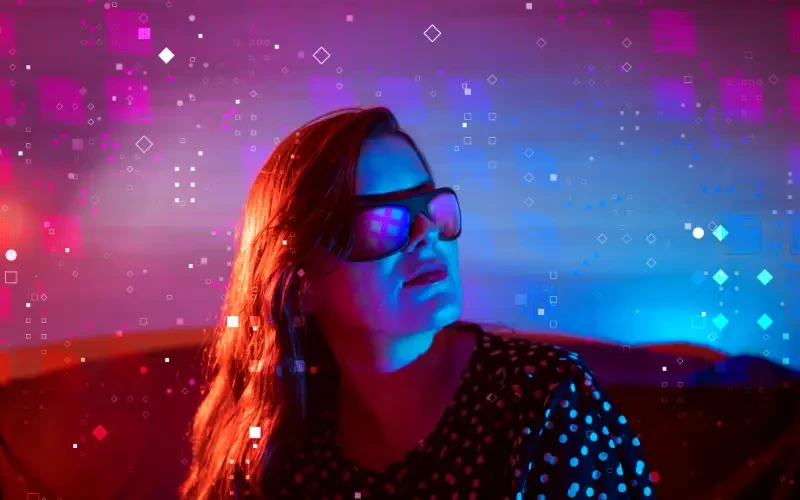
Sprinkled through your journey 🎯
Book online when you’re ready:
Hair-removal pathway:
Skincare rituals & support:
Gift someone (or yourself) a glow-up:
“Give the
Gift of Confidence” | “See Current
Deals” 🎁
FAQs: Future Beauty, Answered 💬
1) Will AR/VR previews be accurate?
They’re guidance, not guarantees. AR helps you compare outcomes and set expectations. We still base decisions on a consultation and your skin’s real needs.
2) Are smart mirrors worth it?
If you like tracking habits and seeing trends, yes. Research into IoT dermatology and “Internet-of-Mirrors” shows promise for analysis and nudging healthy behaviors, especially when paired with a professional plan.
3) Is AI replacing human skin experts?
No. Reviews emphasize AI as a complement—great for triage and tracking—while clinicians make final decisions and tailor care.
4) Does LED therapy really help with aging skin?
Evidence supports photobiomodulation as a safe, useful tool for texture, fine lines, and redness when dosed properly. We use clinic-grade protocols and pair it with good home care.
5) Is RF microneedling (e.g., Morpheus8) good for laxity?
Fractional RF microneedling has supportive literature for collagen remodeling and laxity/texture improvements. We’ll discuss candidacy, expected series, and downtime.
6) I’m 30–50. What’s the best future-proof plan?
Most love a combo: Laser hair removal for freedom, LED or Laser Genesis for texture + glow, and RF microneedling for tightening over time—plus a calm, consistent home ritual. Start with a consult and we’ll map it to your schedule.
7) Are these options safe for darker skin tones?
Yes—when devices and parameters are chosen wisely (e.g., Nd:YAG for laser hair removal). We assess skin tone and history first, then set conservative, effective plans.
8) Can I do this if my skin is sensitive?
Definitely—with care. We’ll tailor prep/after-care, suggest LED for calming, and phase actives gently. Use our Knowledge Base for step-by-step support.
9) How do subscriptions help?
They reduce guesswork and spread cost. Monthly rhythm builds momentum and lets us adjust to seasons, stress, or travel—so you keep results.
10) How do I book?
Easy—use our secure online booking and we’ll follow up with prep and FAQs so you’re ready.
References 🔬
AR/VR in beauty: L’Oréal/Modiface virtual try-on adoption; consumer interest in AR.
Smart mirrors & IoT dermatology: Internet-of-Mirrors concept; IoT mirror use in skin analysis.
AI in dermatology: Prospective multi-centre trial and reviews emphasizing AI support for triage and diagnosis.
Tele-dermatology: Systematic review of cost-effectiveness and access benefits.
LED/PBM evidence: Classic and recent reviews/trials on photobiomodulation’s safety and skin benefits; oncologic safety reviews.
